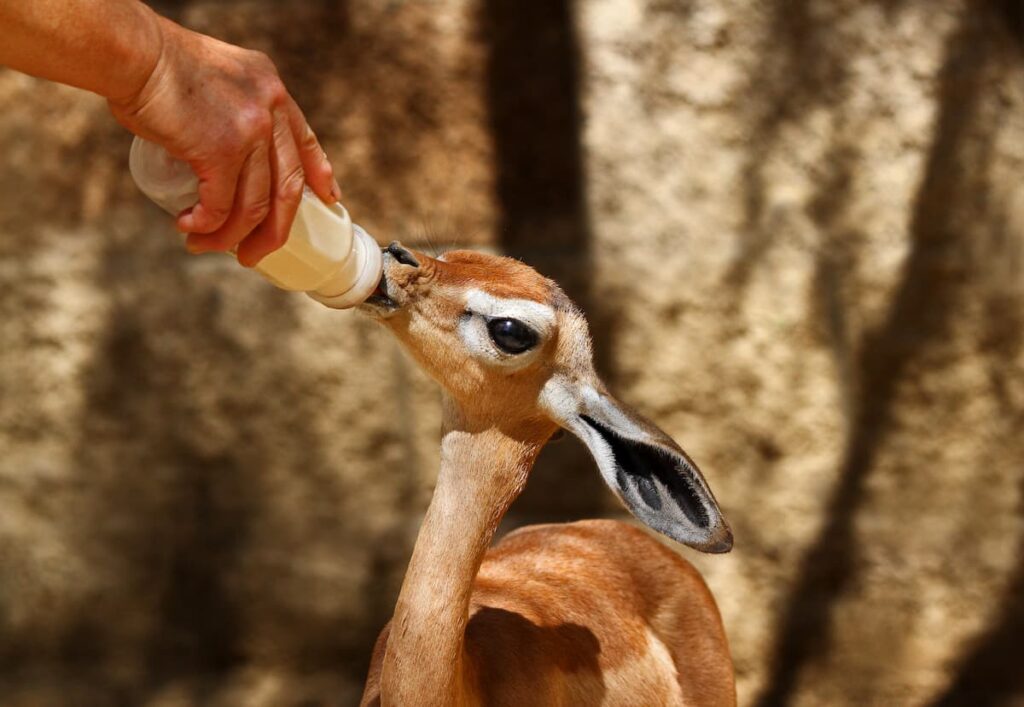
Happy hatchings continue, rare turtle eggs are laid, and one of the world’s most endangered amphibians returns to the LAIR.
Two gerenuk calves (Litocranius walleri walleri) were born, one on April 14 and the other on April 30. Native to Ethiopia, Somalia, and Northern Kenya, these elegant creatures are also known as giraffe gazelle—“gerenuk” is their Somali name. Although they look delicate, they survive in tough, dry habitat and can quickly scamper out of harm’s way on their long legs. The young, generally born one at a time, are hidden in the bush at first and later attentively follow their mothers. Their soft, sandy-brown coat allows them to blend into the desert background, affording them protection in an excellent example of cryptic coloration. The L.A. Zoo has housed this species since September 1977. Since then, more than 200 have been born here and many have made homes at zoos around the world.
Two Chinese giant salamanders (Andrias davidianus) that had been placed in the care of the Zoo’s herpetology staff pending legal proceedings have been officially transferred to the Zoo. Just in time for the June 1 re-opening of the LAIR, staff settled one of the critically endangered amphibians into a LAIR habitat. Considered a “living fossil,” the Chinese giant salamander belongs to a family of amphibians that evolved during the Jurassic period, more than 170 million years ago. Rarely observed in the wild, they live in rocky streams, rivers, and lakes in central, southwestern, and southern China. Chinese giant salamander populations have declined more than 80 percent during the past 50 years due to poaching for the luxury food market and for use in traditional medicine as well as habitat loss, fragmentation, and degradation.
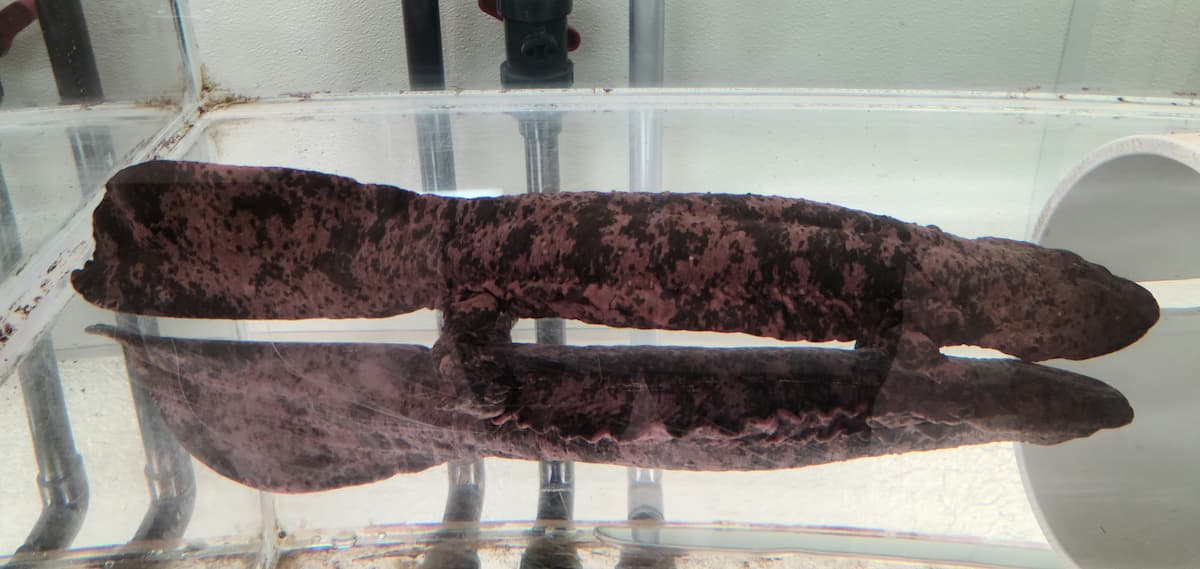
A clutch of Roti Island snake-necked turtle (Chelodina mccordi) eggs is being incubated by herpetology staff. These unusual turtles are now extinct in the wild, so it is anticipated that these offspring may eventually be released into the species’ natural habitat in Indonesia. The Zoo is working with the Bronx Zoo’s Wildlife Conservation Society (WCS), which is leading this project.
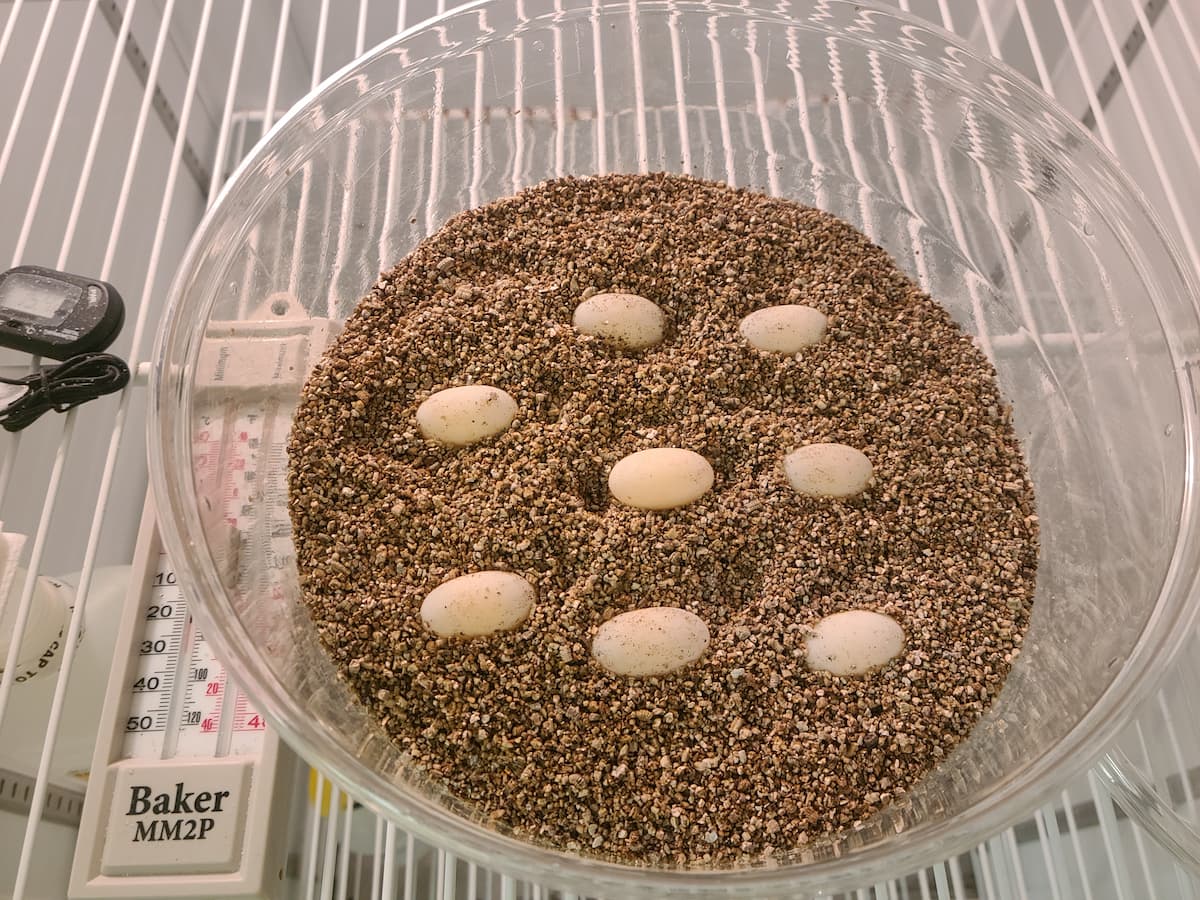
Two new desert hairy scorpions (Hadrurus arizonensis) arrived. This species is native to the Mojave and Sonoran deserts of Northern Mexico and the American Southwest. Like other scorpions, this species is carnivorous, feeding on insects, lizards, small mammals, and even other scorpions. The desert hairy scorpion gets its common name from its native habitat and the little brown hairs on its body that detect ground and air vibrations to help locate prey or evade predatory birds and reptiles.
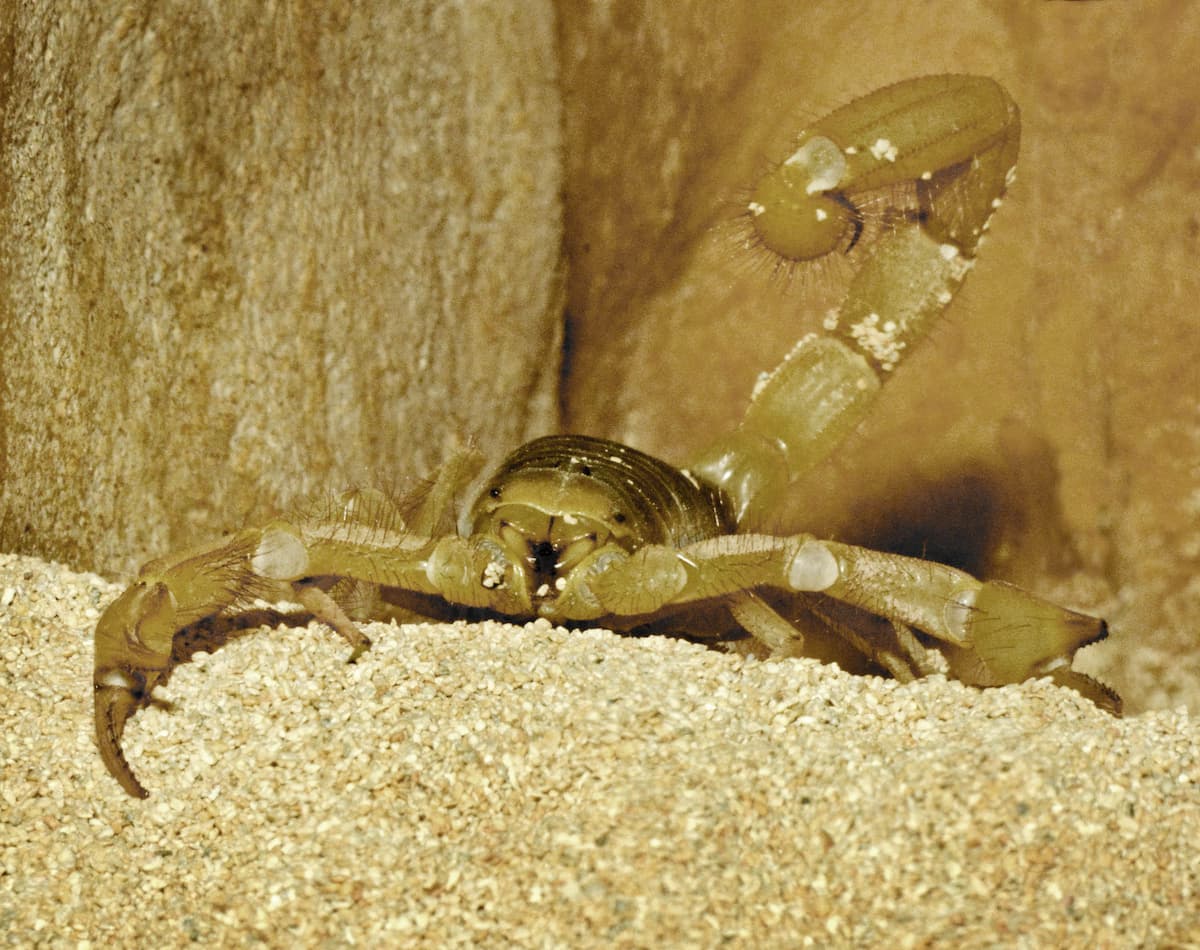
The Zoo received a new giant desert centipede (Scolopendra heros), one of the more popular residents of the Desert LAIR. These hefty invertebrates dwarf any of the species commonly found in the Los Angeles Basin and at the Zoo. Unlike herbivorous millipedes, with which they are often confused, centipedes are voracious, venomous predators. Local species consume many pest insects in the home and garden, but their more massive relatives can eat prey as large as mice, lizards, and snakes.
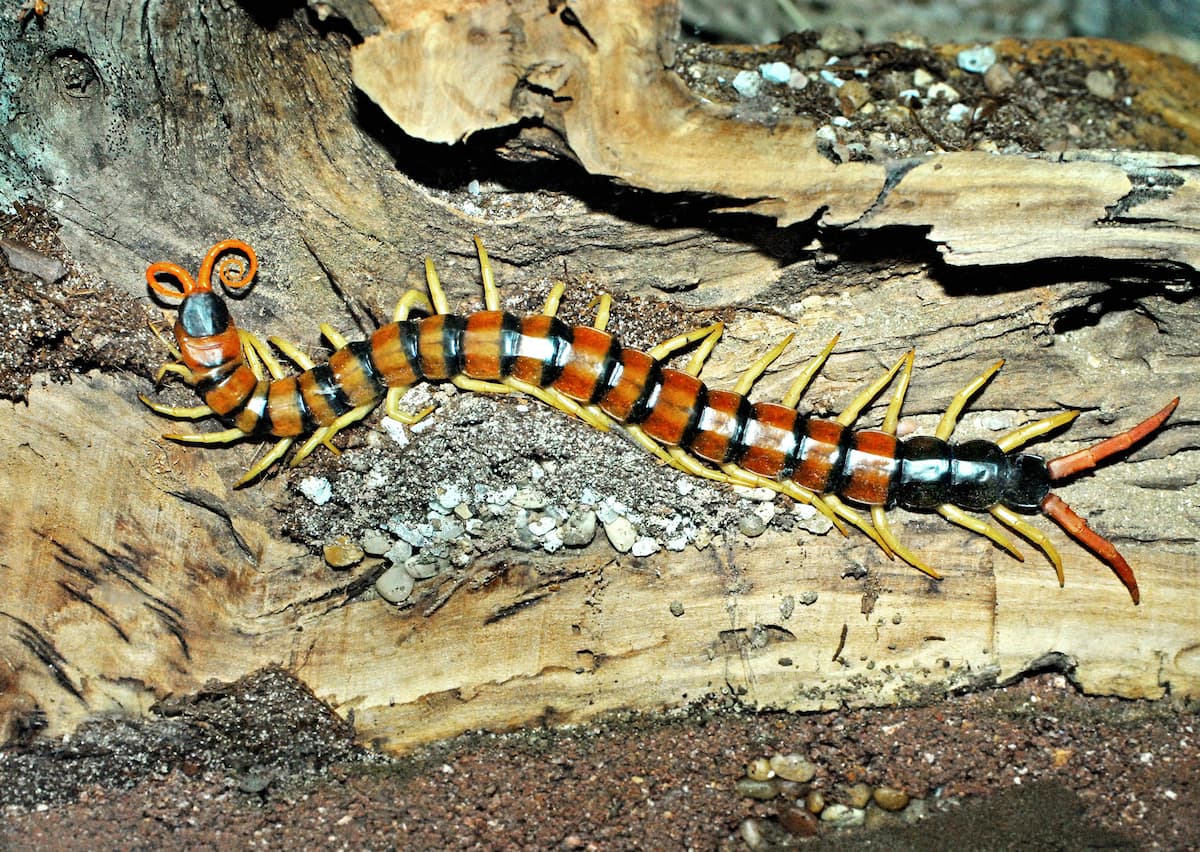
Five California condors (Gymnogyps californianus) hatched at the Zoo in April; two California condors arrived from the wild in need of medical treatment.
Three African pygmy falcons (Polihierax semitorquatus) hatched. These tiny raptors specialize in feeding on insects, though they do sometimes catch larger prey such as lizards and small rodents. They are native to hot, arid regions of Africa.
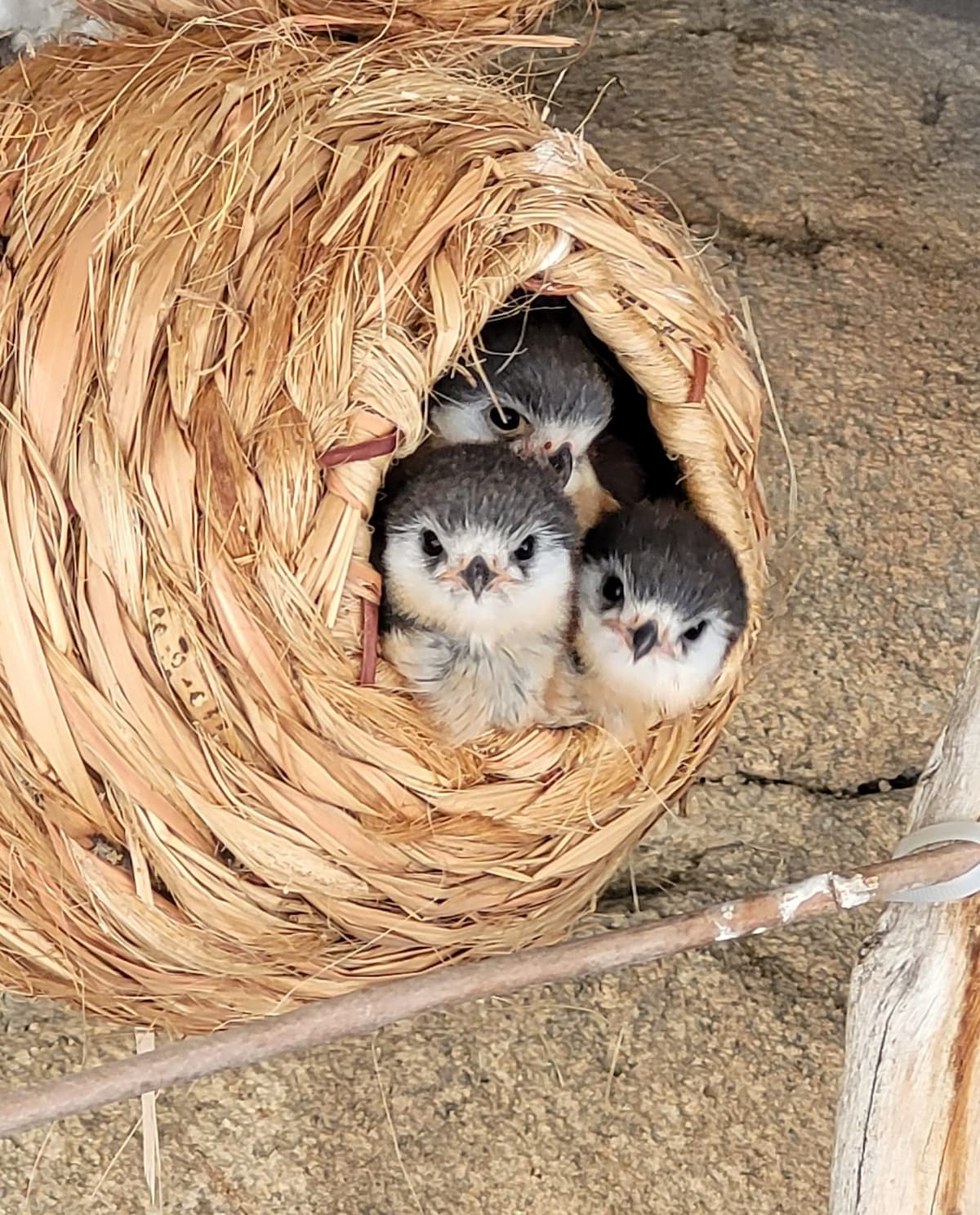
Two speckled mousebirds (Colius striatus) hatched: Native to sub-Saharan Africa, these gregarious little birds flock together in groups of up to 15—a behavior that gives them an advantage against predators. The six species that make up the mousebird family are survivors from the Eocene period, about 55–33 million years ago. Although once more widespread, their range is now limited entirely to the African continent. They are a unique group of birds whose closest living relatives are thought to be parrots and cockatoos. Agile climbers, their habit of scurrying and clambering through trees searching for berries, fruits, and seeds earned them their common name. Our speckled mousebirds are the largest of the six species and share a habitat with spur-winged lapwings across from Gorilla Grill.
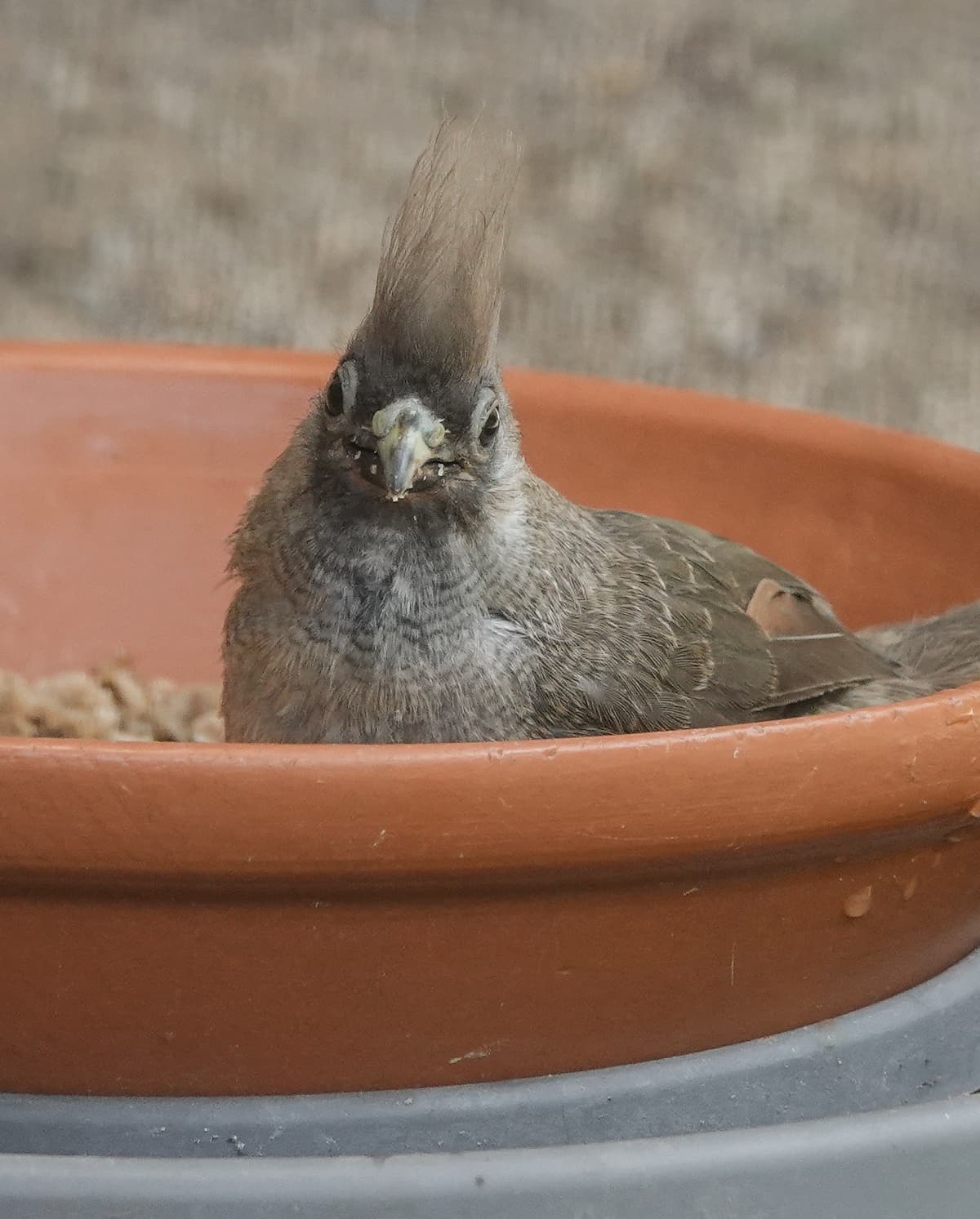
One Von der Decken’s hornbill (Tockus deckeni) hatched. Hornbills have an unusual breeding and nesting strategy. The male locates an appropriate tree cavity, then entices a female by bringing her gifts of food and building materials. The female will enter the cavity and seal it up with a mud-like mixture of soil and dung, which becomes brick-like when dry, until just a thin aperture remains. She will lay her eggs in the nest inside. For more than two months, the male feeds the female through the small vertical slit. The female breaks out of the nest about two weeks before the young are ready to leave it, so that she can help feed them. When the chicks are fully flighted, they will emerge—though the parents continue to offer them food for a short time. You can watch the male tending to his family in the roundhouse habitat opposite gerenuks in the Africa section of the Zoo.

